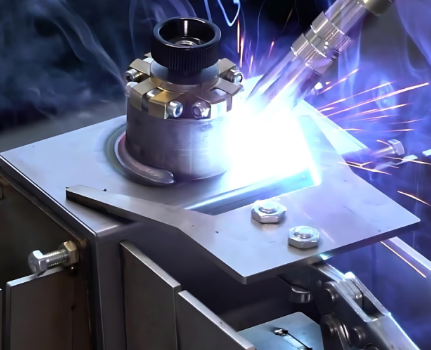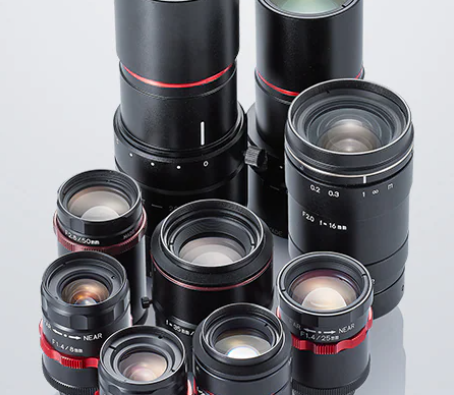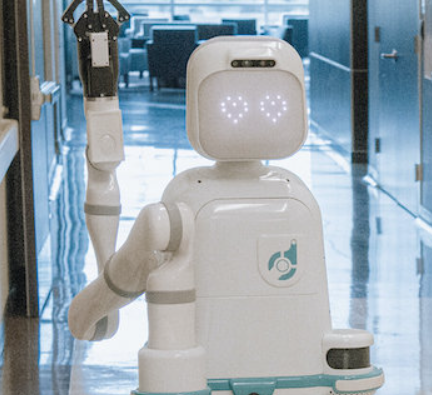
The world of photonics has seen rapid progress in recent years, thanks to significant breakthroughs in laser systems, optical engineering, and materials development. These improvements have not only expanded the capabilities of lasers across various sectors but also opened new doors for integrating them with technologies like AI and IoT. From production lines to product labeling, laser innovation is driving a shift in how industries operate and deliver results.
Laser Technology in Modern Manufacturing
Laser marking, coding, and cutting have become essential tools in today’s production environments. With unmatched accuracy and speed, these technologies help manufacturers streamline operations while ensuring high-quality output. They’re especially valuable for adding permanent identifiers on materials—crucial for meeting regulatory standards and addressing consumer concerns about product authenticity.
Emerging Laser Trends Transforming Industry
One of the most notable shifts in laser technology is the growing use of ultrafast lasers. These systems, which emit extremely short pulses, are ideal for working with delicate components because they generate minimal heat. This makes them perfect for electronics and healthcare applications, where material integrity is a top priority.
Precision has also taken a front seat. Modern lasers can now handle highly detailed cutting and engraving tasks, a requirement in fields such as aerospace and automotive manufacturing. Alongside this, the minimized thermal impact of newer lasers helps preserve the quality of sensitive materials during processing.
In addition, smart software integration is pushing laser systems to new levels of performance. By using real-time data to make adjustments on the fly, manufacturers can maintain consistent quality while reducing errors. This kind of adaptability is reshaping how production lines operate, promoting greater efficiency and less waste.
Growing Need for Laser-Based Marking and Coding
In packaging and labeling, laser-based systems are in high demand. Unlike traditional methods, lasers provide a contact-free way to apply durable, legible markings on a wide range of surfaces. This is vital for product differentiation, traceability, and regulatory compliance, all while preserving the visual appeal of the product.
Barcodes and QR codes, in particular, have become indispensable for tracking and authentication. Laser marking ensures these identifiers remain intact throughout a product’s lifecycle, improving supply chain transparency and reducing the risk of counterfeiting. As consumers become more conscious of safety and sourcing, having clear and reliable information on packaging has never been more important.
Innovation in Laser Cutting Capabilities
The shift toward personalized products and compact components has intensified the demand for precise laser cutting. Today’s systems can produce highly intricate parts designed for specific functions—especially in industries like aerospace, where both form and performance are critical. This precision not only broadens design opportunities but also supports advancements in miniaturized technology.
Looking Ahead: Merging Lasers with AI and IoT
The next wave of laser innovation lies in smarter, more interconnected systems. Integrating lasers with AI and the Internet of Things will result in more responsive and adaptive manufacturing environments. These technologies can work together to optimize operations in real-time, reduce downtime, and ensure that production keeps pace with demand shifts—without sacrificing quality.
Revolutionizing the Manufacturing Landscape
The evolution of laser technology is redefining how goods are made, from initial design to final delivery. As industries incorporate more advanced systems, they unlock the potential for faster production, more accurate results, and better product consistency. These changes aren’t just technical—they also have a direct impact on everyday consumers by improving product reliability, safety, and performance.
Optics: A Crucial Component
Behind every high-performing laser system is a well-engineered optical setup. The right lens can make all the difference, ensuring laser beams are focused precisely for the task at hand. Technologies such as variable-focus lenses and adaptive optics enhance flexibility, helping manufacturers meet diverse requirements in both marking and cutting applications.
As laser innovation continues, optics will remain central to achieving the clarity, depth, and precision industries now rely on. Together, these elements are not just enhancing production—they’re shaping the future of how we interact with the products that surround us.












